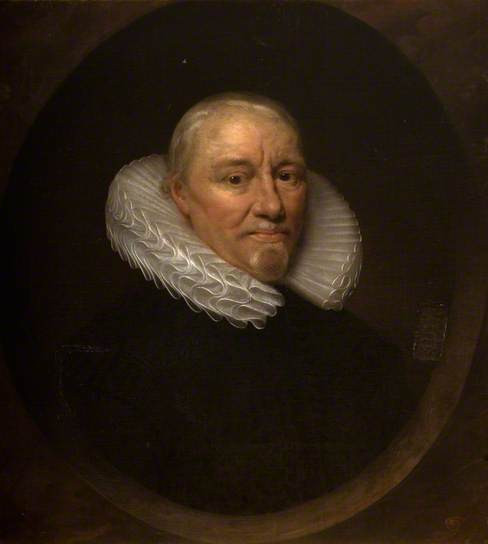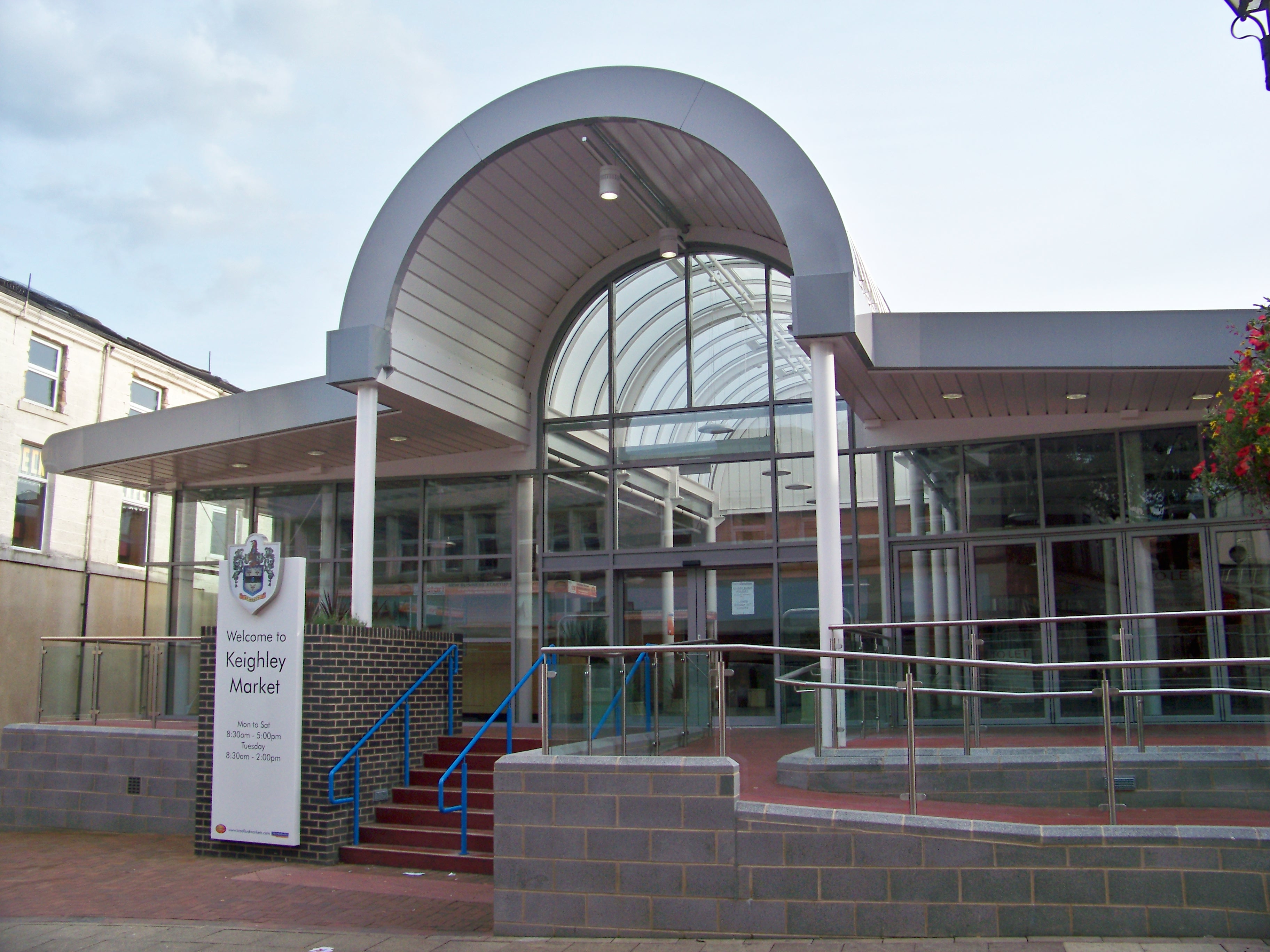|
John Talbot (died 1549)
Sir John Talbot (c. 1485 – 22 October 1542 or 10 September 1549) of Pepperhill, Boningale, Shropshire, was an England, English knight and lord of the manors of Albrighton, Bridgnorth, Albrighton, Shropshire, and Grafton Manor, Grafton, Worcestershire. Origins He was a son of Sir Gilbert Talbot (soldier), Gilbert Talbot (1452–1517/18), Order of the Garter, KG, of Grafton, the only child of his father's second marriage to Etheldreda/Audrey Cotton, a daughter of William Landwade Cotton of Landwade, Cambridgeshire. Marriages and issue Sir John Talbot married twice: First marriage Firstly to Margaret Troutbeck, a daughter of Adam Troutbeck of Mobberley, Chester, by whom he had three sons and five daughters, including: *Sir John Talbot (died 6 June 1555), lord of the manor of Albrighton, Bridgnorth, Albrighton and Grafton Manor, Grafton, who married Frances Gifford, a daughter of Sir John Gifford (or Giffard), and had one son: **John Talbot of Grafton, Sir John Talbot (1545– ... [...More Info...] [...Related Items...] OR: [Wikipedia] [Google] [Baidu] |
Bromsgrove Church Of St John, Memorial To The Talbots
Bromsgrove is a town in Worcestershire, England, about north-east of Worcester, England, Worcester and south-west of Birmingham city centre. It had a population of 34,755 in at the 2021 census. It gives its name to the wider Bromsgrove District, of which it is the largest town and administrative centre. In the Middle Ages, it was a small market town, primarily producing cloth through the early modern period. In the eighteenth and nineteenth centuries, it became a major centre for nail making. History Anglo-Saxon Bromsgrove is first documented in the early ninth century as Bremesgraf. An ''Anglo-Saxon Chronicle'' entry for 909 AD mentions a ''Bremesburh''; possibly also referring to Bromsgrove. The Domesday Book of 1086 references ''Bremesgrave''. The name means ''Bremi's grove''. The grove element may refer to the supply of wood to Droitwich for the salt pans. During the History of Anglo-Saxon England, Anglo-Saxon period the Bromsgrove area had a woodland economy; includin ... [...More Info...] [...Related Items...] OR: [Wikipedia] [Google] [Baidu] |
John Talbot Of Grafton
Sir John Talbot of Grafton, Worcestershire (1545 – 28 January 1611) was a prominent recusant English Catholic layman of the reigns of Elizabeth I of England and James I of England. He was connected by marriage to one of the Gunpowder Plot conspirators, and by acquaintance or family ties to other important Catholic figures. He fell often under suspicion from the English government. Life The descendant of an influential landowning family (his grandfather John Talbot (died 1549) was lord of the manor of Albrighton, Shropshire, residing at Pepperhill in Shropshire and Grafton), John Talbot became a member of Lincoln's Inn, 10 February 1555–6. He was member of Parliament for Droitwich in 1572. It was when passing through Smithfield, London, in July 1580, with Talbot and his wife Katherine Petre, that Robert Johnson, the Catholic martyr, was recognized by Sledd, the informer. Robert Persons calls Robert Johnson "Mr. Talbot's priest", though, as it appears, he was, rather, Lady ... [...More Info...] [...Related Items...] OR: [Wikipedia] [Google] [Baidu] |
Keighley
Keighley ( ) is a market town and a civil parishes in England, civil parish in the City of Bradford Borough of West Yorkshire, England. It is the second-largest settlement in the borough, after Bradford. Keighley is north-west of Bradford, north-west of Bingley, north of Halifax, West Yorkshire, Halifax and south-east of Skipton. It is governed by Keighley Town Council and Bradford City Council. Keighley is in West Yorkshire, close to the borders of North Yorkshire and Lancashire. Historic counties of England, Historically in the West Riding of Yorkshire, it lies between Airedale and Keighley Moors. At the 2011 census, Keighley had a population of 56,348. History Toponymy The name Keighley, which has gone through many changes of spelling throughout its history, means "Cyhha's farm or clearing", and was mentioned in the Domesday Book of 1086: "In Cichhelai, Ulchel, and Thole, and Ravensuar, and William had six carucates to be taxed." Town charter Henry de Keighley, a ... [...More Info...] [...Related Items...] OR: [Wikipedia] [Google] [Baidu] |
Laycock
Laycock is an English surname, likely originating from the placename Lacock, in Wiltshire (which is pronounced ''Laycock'') or Laycock in West Yorkshire. According to the 1990 United States Census, Laycock is the 22,119th most common surname. Notable people with this surname include: * Bill Laycock, Australian rugby union player * Craven Laycock, dean of Dartmouth College, 1911–1934 * David Laycock, English cricketer *Donald Laycock, Australian linguist and anthropologist * Donald Laycock (artist), Australian artist *Douglas Laycock, American law professor * Elias C. Laycock, Australian rower * Fred Laycock, English footballer * Gloria Laycock, British criminologist * Henry Laycock, American politician * Jason Laycock, Australian footballer * Jimmye Laycock, American college football coach * John Laycock, English rock climber and Singaporean lawyer * John Laycock (Australian politician), an Australian politician * Joseph Frederick Laycock, British soldier and Olympian * Malcolm L ... [...More Info...] [...Related Items...] OR: [Wikipedia] [Google] [Baidu] |
Sir Thomas Lyttelton, 1st Baronet
Sir Thomas Lyttelton, 1st Baronet (1593 – 22 February 1650) was an English Royalist officer and politician from the Lyttelton family during the English Civil War. Biography Thomas Lyttelton, born in 1593, was the eldest son of Sir John Lyttelton and inherited the family estates in Frankley, Halesowen, Hagley, and Upper Arley from his mother, Meriel, the daughter of Sir Thomas Bromley, Lord Chancellor of England. The estates had been restored to her by James I after their forfeiture due to his father's conviction of high treason. Lyttelton was educated at Balliol College, Oxford and the Inner Temple (1613) and created a baronet in 1618. He was elected a Member of parliament for Worcestershire in 1620–1622, 1624–1626, and the Short Parliament of 1640. During the First English Civil War Lyttelton was Colonel of the Worcestershire Trained Bands Horse and Foot for the King in 1642. He was taken prisoner by Tinker Fox at Bewdley in 1644, imprisoned in the Tower of London an ... [...More Info...] [...Related Items...] OR: [Wikipedia] [Google] [Baidu] |
Governor Of Guernsey
The Bailiwick of Guernsey is a British crown dependency off the coast of France. Holders of the post of Governor of Guernsey, until the role was abolished in 1835. Since then, only Lieutenant-Governors have been appointed (see Lieutenant Governor of Guernsey). A roll of honour of the Governors and Lieutenant Governors of Guernsey from 1198 to date has been installed at Government House. 12th century * Julian de la Plaque, (Prince Pracle) (1111) * Walter Duncker, (1154) * Peter Cornet, (1167) * John, Count of Mortain (1198) * Sir William Orseth, (1199) 13th century * George Ballizon, (Gregory Balizon) (1203) * Peter de Preaux (1206) * Geoffrey de Lucy, (1225-6) * Richard Grey, (1226) * William de St John, (1227) * Arnauldus de St Amand and Philip de Carteret, (1232) * Philip de Albimar and William St John, * Prince Edward, in appanage, (1271) * Steven Wallard, (Stephen Waller) (1284) * Otton de Grandson, (1290) * Henry de Cobham, (1299) 14th century * Sir Peter ... [...More Info...] [...Related Items...] OR: [Wikipedia] [Google] [Baidu] |
Governor Of Jersey
Jersey ( ; ), officially the Bailiwick of Jersey, is an autonomous and self-governing island territory of the British Islands. Although as a British Crown Dependency it is not a sovereign state, it has its own distinguishing civil and government institutions, so qualifies as a small nation or island country. Located in Northwestern Europe, off the coast of north-west France, it is the largest of the Channel Islands and is from Normandy's Cotentin Peninsula. The Bailiwick consists of the main island of Jersey and some surrounding uninhabited islands and rocks including Les Dirouilles, Les Écréhous, Les Minquiers, and Les Pierres de Lecq. Jersey was part of the Duchy of Normandy, whose dukes became kings of England from 1066. After Normandy was lost by the kings of England in the 13th century, and the ducal title surrendered to France, Jersey remained loyal to the English Crown, though it never became part of the Kingdom of England. At the end of the Napoleonic Wars, J ... [...More Info...] [...Related Items...] OR: [Wikipedia] [Google] [Baidu] |
Feckenham
Feckenham is a village and civil parish in the Redditch district in Worcestershire, England. It lies some south-west of the town of Redditch and some east of the city of Worcester. It had a population of 670 in the 2001 census and its immediate area is the location of notable royal manors that cover over 1,000 years of English history documented in many royal charters and Acts of Parliament. At its greatest, the historic Forest of Feckenham stretched to the River Avon in the south and to Worcester in the west. In 1389 Geoffrey Chaucer was as Clerk of Works and Keeper of the Lodge. Feckenham in the 21st century is a rural community with a traditional English village green with walking and riding routes, including the long-distance public footpath, The Monarch's Way, that passes about 1.5 miles east of the village. History Name The village name has been recorded as Feccanhom (9th century), Feccheham (11th century), Fekkeham, Fekeham (12th century), Feckeham, Feckaham, F ... [...More Info...] [...Related Items...] OR: [Wikipedia] [Google] [Baidu] |
Wiltshire
Wiltshire (; abbreviated to Wilts) is a ceremonial county in South West England. It borders Gloucestershire to the north, Oxfordshire to the north-east, Berkshire to the east, Hampshire to the south-east, Dorset to the south, and Somerset to the west. The largest settlement is Swindon, and Trowbridge is the county town. The county has an area of and a population of 720,060. The county is mostly rural, and the centre and south-west are sparsely populated. After Swindon (183,638), the largest settlements are the city of Salisbury (41,820) and the towns of Chippenham (37,548) and Trowbridge (37,169). For local government purposes, the county comprises two unitary authority areas: Swindon and Wiltshire. Undulating chalk downlands characterize much of the county. In the east are Marlborough Downs, which contain Savernake Forest. To the south is the Vale of Pewsey, which separates the downs from Salisbury Plain in the centre of the county. The south-west is also downland, ... [...More Info...] [...Related Items...] OR: [Wikipedia] [Google] [Baidu] |
Lacock
Lacock is a village and Civil parishes in England, civil parish in the county of Wiltshire, England, about 3 miles (5 km) south of the town of Chippenham, and about outside the Cotswolds area. The village is owned almost in its entirety by the National Trust for Places of Historic Interest or Natural Beauty, National Trust and attracts many visitors by virtue of its unspoiled appearance. The parish includes Bowden Hill, a small village to the east of Lacock, and the hamlets of Bewley Common, Notton and Reybridge. The Chippenham–Melksham section of the A350 road, A350 primary route crosses the parish from north to south, as does the River Avon, Bristol, River Avon. A scarecrow festival is held annually in Lacock and is popular with visitors from the local area. All funds raised are donated to Lacock Primary School. History Lacock is mentioned in the Domesday Book of 1086, with a population of 160–190; with two mills and a vineyard. Lacock Abbey was founded on ... [...More Info...] [...Related Items...] OR: [Wikipedia] [Google] [Baidu] |


